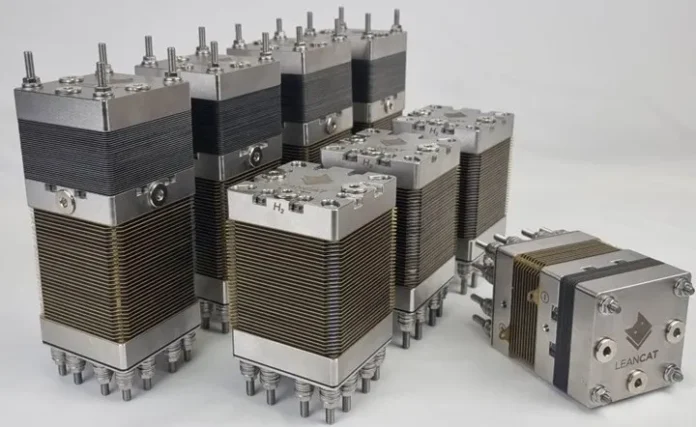Researchers at the RIKEN Center for Sustainable Resource Science (CSRS) in Japan have achieved a significant milestone in cheap hydrogen production by reducing the amount of iridium used in electrolyzers by 95%.
Scarcity of Iridium Electrolyzers used for hydrogen production require a catalyst to break water bonds and release hydrogen. So far, the most effective catalyst discovered has been iridium. However, iridium is extremely rare in nature, making it difficult to obtain. It is estimated that the iridium required for hydrogen production on a terawatt scale would only last for about 40 years.

The RIKEN researchers found that by using manganese, the amount of iridium required could be reduced by up to 95%. Moreover, this reduction did not significantly affect the amount of hydrogen produced. If this discovery can be implemented, hydrogen could become a realistic alternative to carbon-based fuels.
Researchers are working on developing sustainable catalysts using common earth metals. They successfully balanced green hydrogen production using manganese oxide catalysts. However, industrial-scale implementation of this method may take several years.
Stable Operation for Over 3000 Hours Researchers found a way to sustain hydrogen production in proton exchange membrane (PEM) electrolyzers using less iridium. They achieved this by dispersing iridium atoms individually onto a manganese oxide piece and preventing them from aggregating. With the new catalyst, continuous hydrogen production was possible for over 3000 hours (with 82% efficiency) without any degradation.

Ailong Li, one of the study’s authors, explained their success: “The unexpected interaction between manganese oxide and iridium was the key to our achievement. This is because iridium resulting from this interaction is rare and highly active in the +6 oxidation state.”
Nakamura stated that their developed catalyst could easily be applied to real-world applications and rapidly increase the capacity of existing PEM electrolyzers.
The team has started collaborating with industry partners to further develop the original iridium-manganese catalyst. They also plan to continue investigating the chemical interaction between iridium and manganese oxide to further reduce the iridium required.

